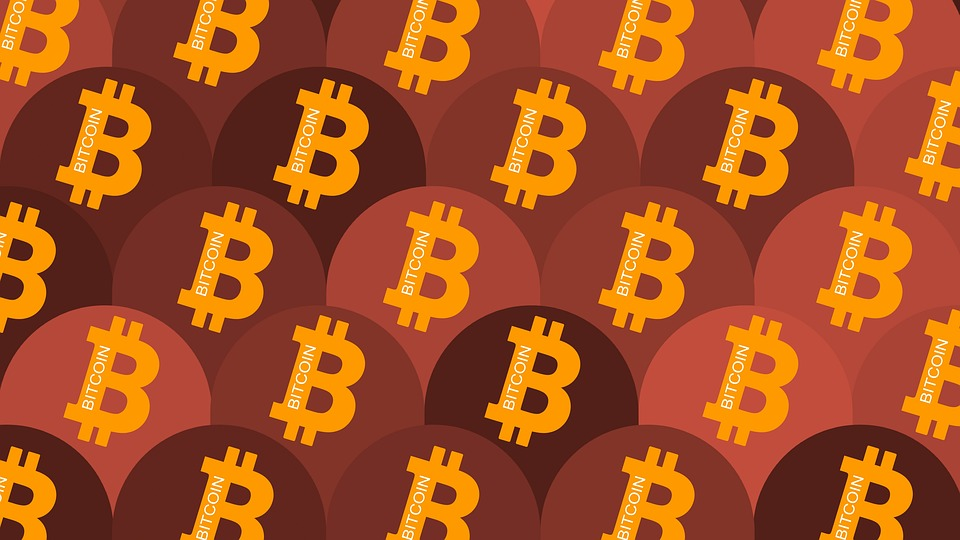Understanding the Upcoming Bitcoin Halving Event

As part of his ‘Bitcoin: A Peer-to-Peer Electronic Cash System’ whitepaper, Satoshi Nakamoto came up with an ingenious way of controlling the supply and demand of the cryptocurrency. The method consists of two aspects: a limited supply of 21 million BTC, and the bitcoin halving event, bound to take place once every 210,000 blocks.
Around a year from now in May 2020, Bitcoin will once again undergo the halving event. This means that the number of newly-minted coin, given as reward to miners who complete transaction blocks, will be halved from the current value of 12.5 BTC, to 6.25 BTC. The strategy is used to control the supply of the cryptocurrency, as a way to ensure a steady price increase, and avoid inflation. Granted the future upcoming halving events, it is expected that the total supply of bitcoin will be distributed sometime in 2140.
A while ago, Vitalik Buterin, the creator of Ethereum, attempted to explain the arguments behind the halving protocol: “The main reason why this is done is to keep inflation under control. One of the major faults of traditional fiat currencies, controlled by central banks, is that the banks can print as much of the currency as they want, and if they print too much, the laws of supply and demand ensure that the value of the currency starts dropping quickly. Bitcoin, on the other hand, is intended to simulate a commodity, like gold. There is only a limited amount of gold in the world, and with every gram of gold that is mined, the gold that still remains becomes harder and harder to extract. As a result of this limited supply, gold has maintained its value as an international medium of exchange and store of value for over six thousand years, and the hope is that Bitcoin will do the same.”
Apart from reducing the supply of the cryptocurrency, bitcoin halving is bound to have an influential impact on the price as well. In fact, several economic analysts think that the event represents one of the main stimuli for the recent price uptrend.
To put things better into perspective, over the last couple of years, we have seen an increased demand for bitcoin. Adopters, investors, and institutional entities all want a slice of the cake. As the cake gets smaller, its value is bound to increase.
Additionally, it is worth mentioning that we already have a precedent. While short-lived, the last bitcoin halving event brought along a bull run, that later consolidated, and reached values as high as $20,000.
There are, of course, analysts who believe that the next run’s implications on the price will be less severe. After all, if bitcoin loses its popularity, a halving will most likely fail to affect the price too much. To fully determine its impact, we will have to wait until May 2020. ‘


